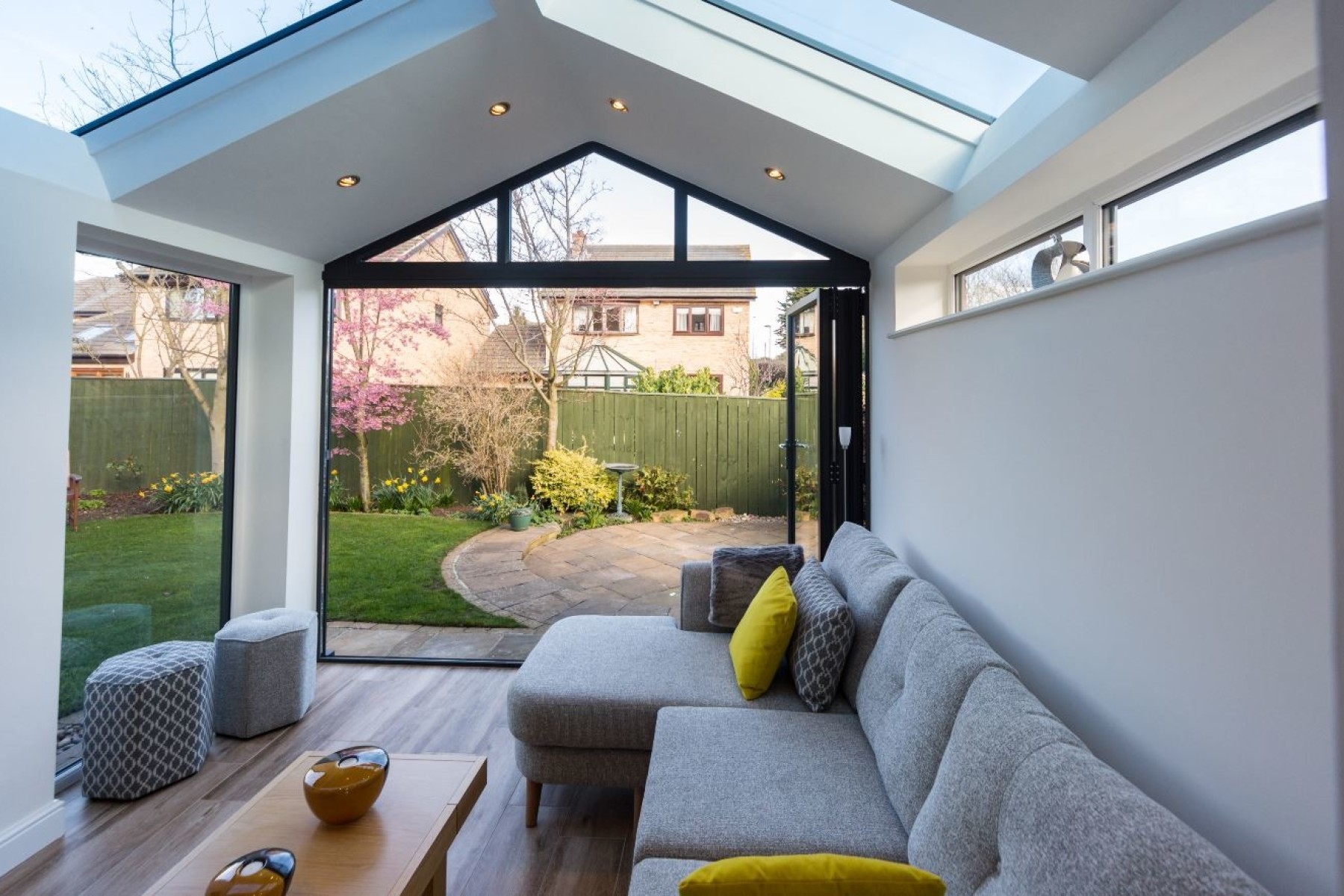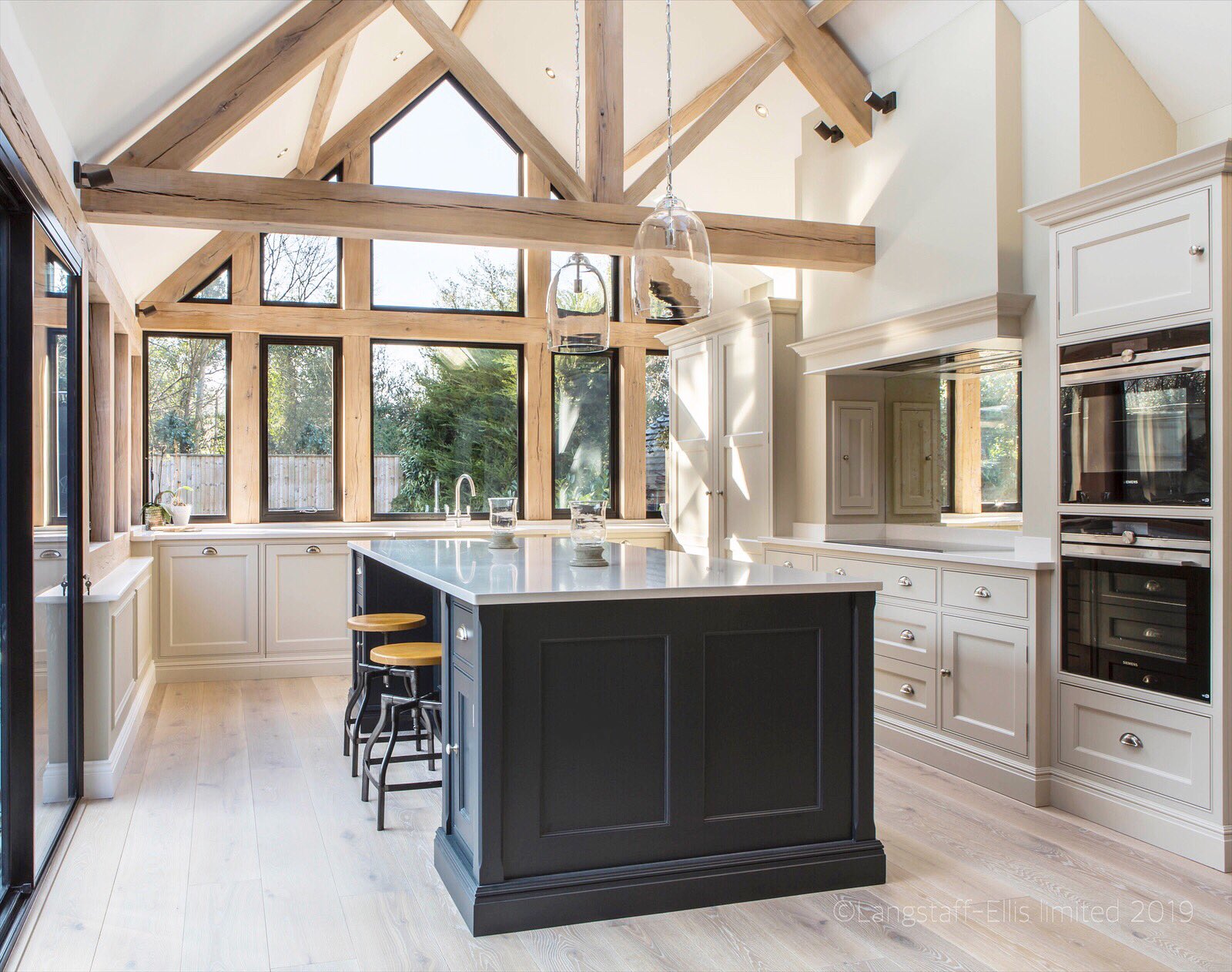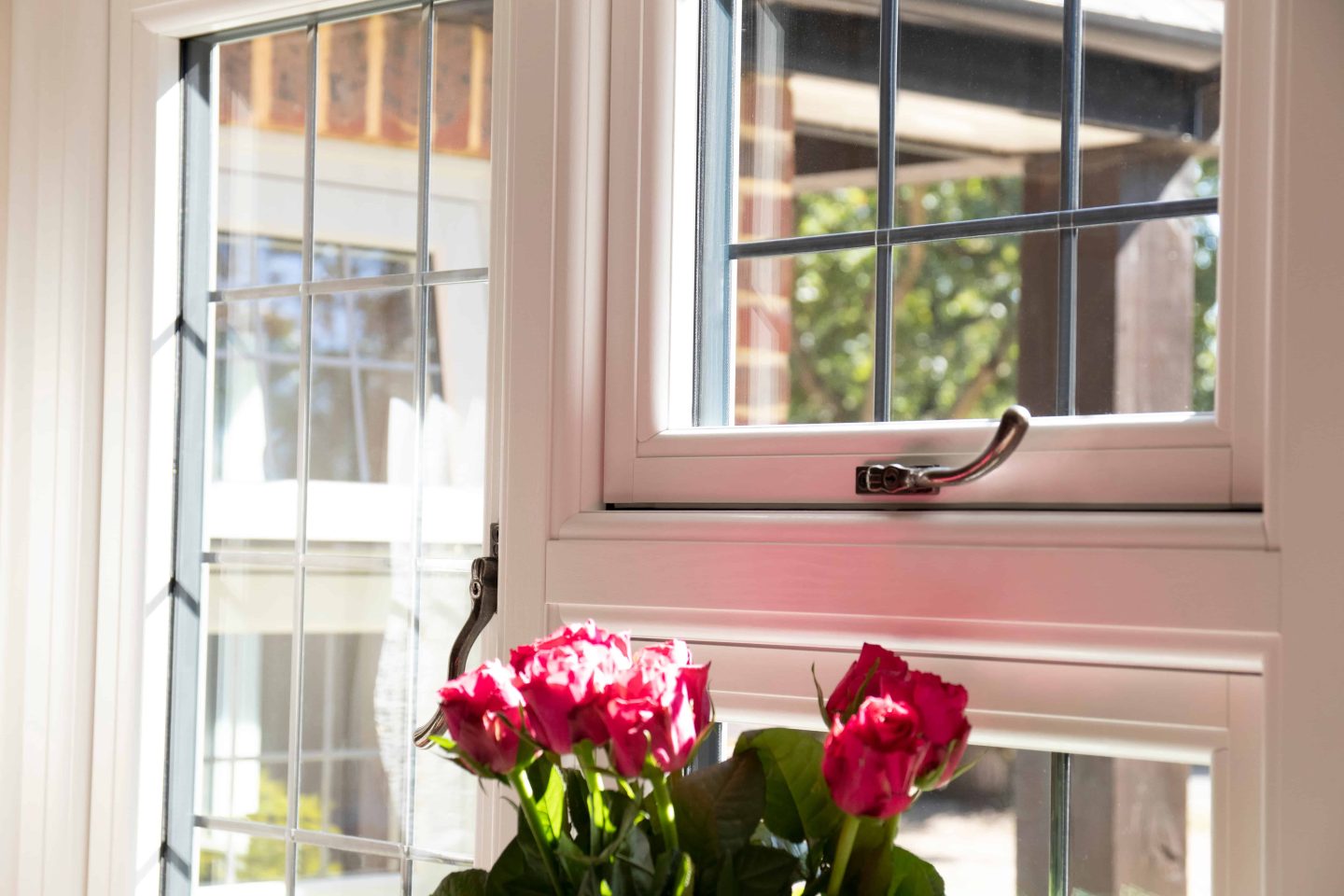How To Deal With Condensation
Condensation is a problem that never seems to go away. Here at Reading Trade Windows, we’ve spent years working with new technologies and despite many breakthroughs, nobody has managed to invent a window that is condensation-proof. Whoever comes up with the first one will be a millionaire, but for now, condensation is an issue that’s been reduced rather than eliminated.
So, if you have a client who’s experiencing ongoing issues with condensation, what’s the best way to manage it? Let’s look at some of the options.
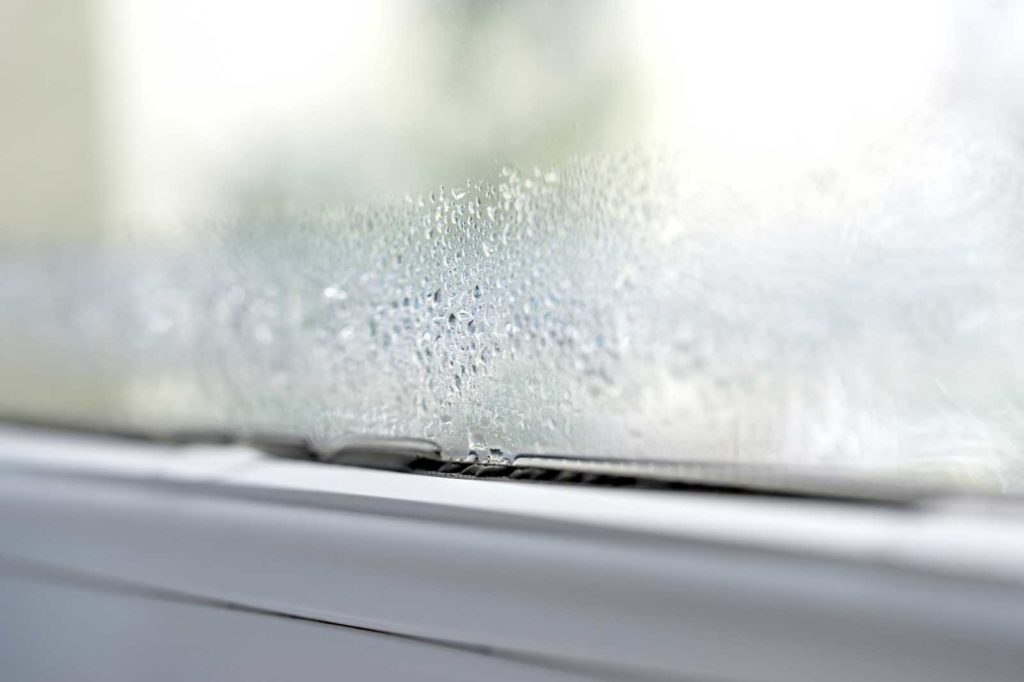
What Is Condensation?
Condensation occurs due to temperature differences between the house and the outside world. When the cold, external air comes into contact with the warmer surface of a window, it leads to water droplets forming on the glass. It’s more common in winter and can happen on both sides, but it’s more problematic on the inside.
If left unchecked, condensation can lead to water damage and health issues. It can cause damp patches in your wallpaper, paint peeling off and issues with rot and mould. The latter is especially problematic for people with breathing difficulties, so figuring out how to resolve it is important.
Double Glazing And Ventilation
The keys to reducing condensation are high-quality windows and ventilation. Installing double glazing should be the first port of call; the two panes of glass form an extra thermal layer between a house and the colder air outdoors. The majority of buildings in the UK have double-glazed windows, but there are still plenty of single-glazed windows that need replacing. If your customer hasn’t upgraded yet, now is the time to do it.
Getting a sturdy and reliable frame helps mitigate the risk of mould too. Timber windows are the most vulnerable as moisture can seep into them, but aluminium and UPVC are more resilient.
Increasing the airflow will do wonders as well. Innovations like trickle vents have a noticeable effect on condensation without compromising the energy efficiency of a window, and in the short term, simply leaving a window open provides a quick fix. It’s also important to “let the walls breathe.” Don’t place furniture against exterior facing walls if you can avoid it, as air can become trapped and turn into a breeding ground for mould spores.
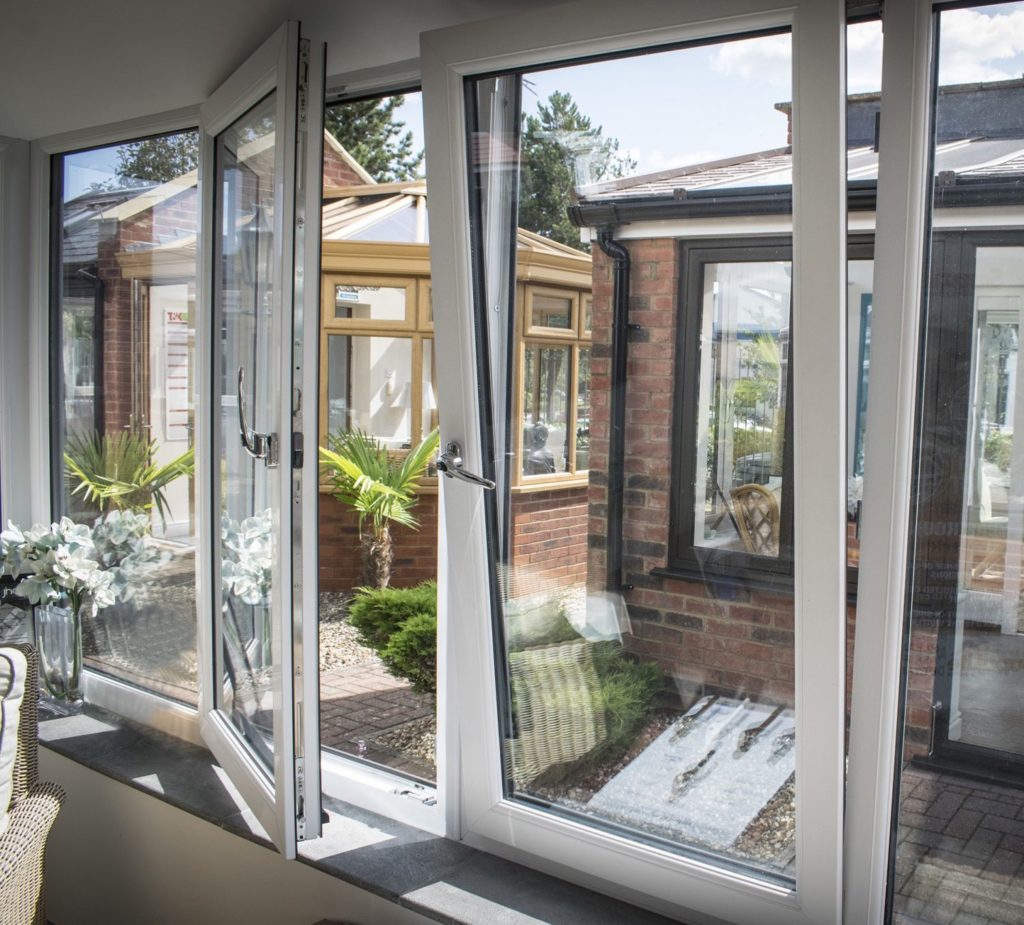
There are a few other things you can do to reduce the risk. Don’t hang wet clothes on your radiators for example, and have an extractor fan turned on while cooking on the hob. And if you wake up one morning and find your windows covered in moisture, take a minute to wipe them down.
By following these steps, homeowners will be able to reduce condensation and its associated effects. Installing a modern set of aluminium windows is a good start, and we can certainly help with that. To find out more, you can email sales@readingtradewindows.co.uk or call us on 0118 338 1600. We’ll be happy to speak with you and discuss any building projects you have.
Categories: News
Tags: condensation, home improvement, reduce condensation, Windows
About Chris
Chris has been with Reading Trade Windows for many years and has worked in the fenestration industry for even longer. His experience makes him a valuable asset to the team, and he is always happy to show his news, views and advice here on our blog.
